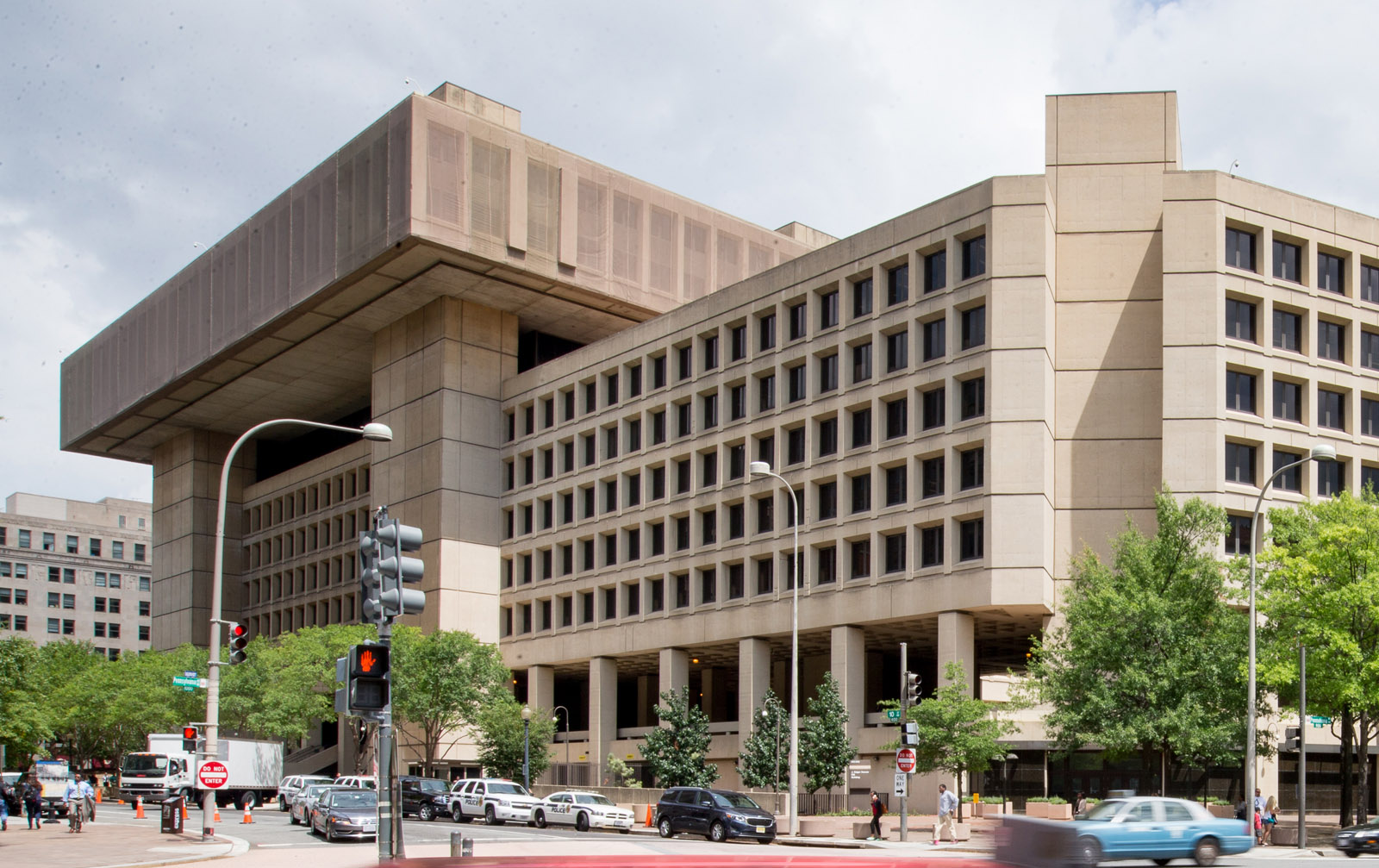Two days after severe flooding prompted multiple rescues of people and led to the deaths of several dogs inside a doggy day care in Northeast D.C., city leaders were ready to offer few answers about what happened during Monday’s storms.
Chris Rodriguez, who leads the D.C.’s Department of Homeland Security and Emergency Management, spoke of the unprecedented nature of the storm, blaming climate change and suggested there wasn’t much that could have been done.
There were also questions about why a boarding kennel for dogs was allowed to operate in a building that flooded last year, too.
Ten dogs were killed in the flooding at the District Dogs day care and boarding facility in D.C. on Monday.
“The building was designed and permitted in accordance with codes — the codes that are in place now,” said Brian Hanlon, the acting director of the D.C. Department of Buildings. “After last year’s event, the building was re-inspected and deemed safe in accordance with the current code.”
But D.C. Mayor Muriel Bowser, who spoke Wednesday at an event honoring lifeguards held at a swimming pool in Southeast D.C., also acknowledged that the future of that commercial building will be evaluated in terms of whether it’s safe for businesses to operate.

Bowser repeatedly praised for Engine 12 with D.C. Fire and EMS, which dispatched itself to that area on Monday in anticipation of flooding, and she praised the Fire and EMS responders who rescued people from their cars and from District Dogs.
But when asked how long it was known that people were getting trapped in buildings and if the urgency of the situation in some parts of the neighborhood was known and communicated, as well as if other emergency responders were told not to turn around and go back, the mayor did not answer.
“I don’t think that we can lay it out in front of you right now,” she said at one point. Pressed again about whether any city leader had listened to 911 calls to hear what was communicated and how, Bowser said the city “would be happy to go with you kind of line by line or minute by minute, but we won’t be able to do that today.”
Leaders also seemed to cast doubt on what impact DC Water’s new Northeast Boundary Tunnel might have had on the flooding there. With work on the tunnel ahead of schedule, city leaders are aiming for a fall opening of the massive project that runs right under the stretch of Rhode Island Avenue that flooded.
“We’re not sure that it would have been able to handle the amount of rain that fell,” said David Gadis, the CEO and General Manager of DC Water. “We’re not sure that the Northeast Boundary Tunnel would have been able to … take that water out as well.”
Gadis added, “Right now, it’s built for a 15-year storm. What we got the other day was far beyond a 15-year storm.”
D.C. Council member Zachary Parker, who represents Ward 5, has requested information from several agencies about the response to the flooding, including D.C. Fire and EMS and the Office of Unified Communications, which operates the city’s 911 system.
“What I’m facing is a city failure,” Parker told WTOP, referring to repeated bouts of flooding that have plagued Rhode Island Avenue. “One that has existed for many years.”








